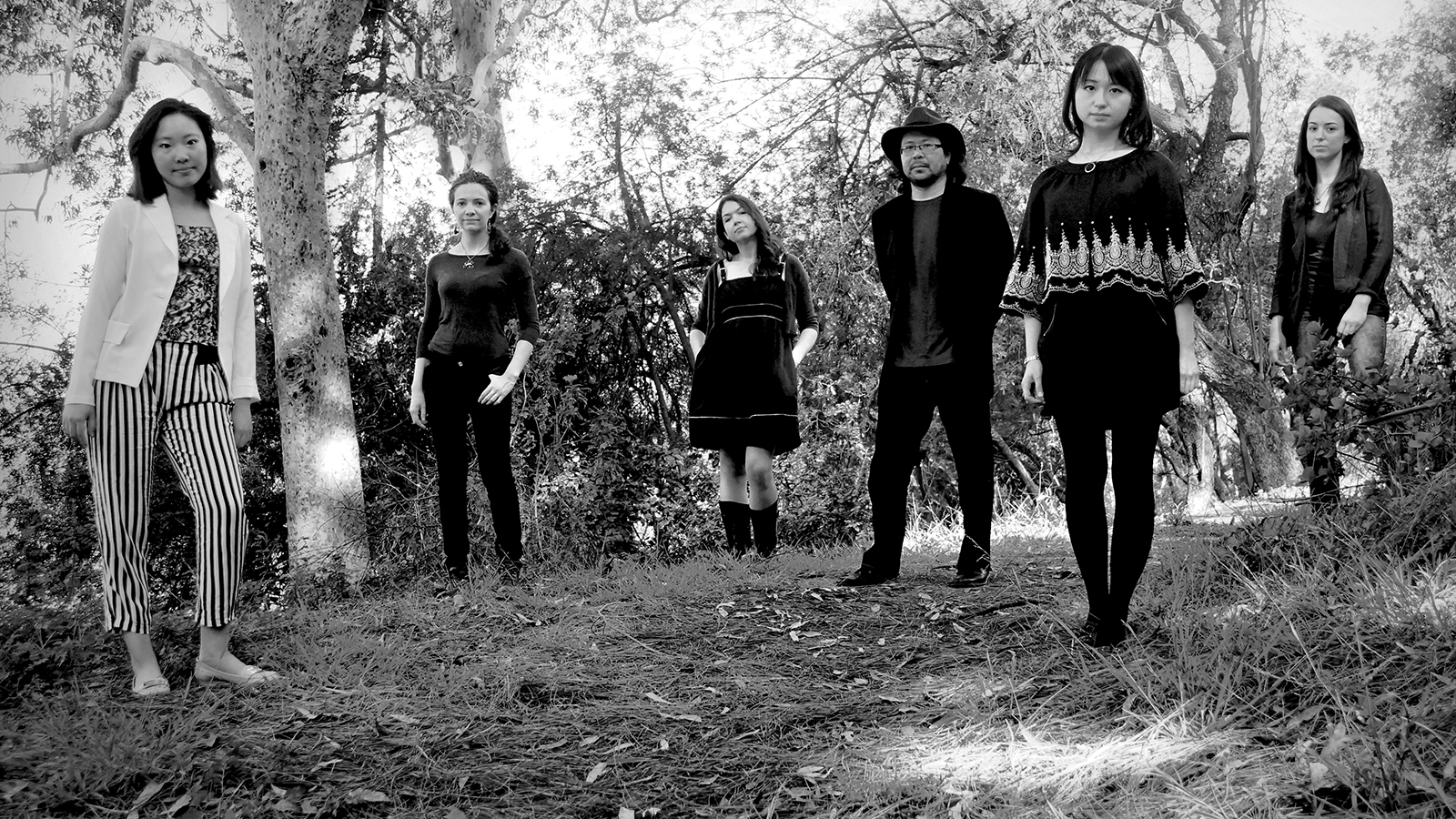String quartet to play adaptation of unreleased Beatles album

Fifty years after the Beatles first performed in the United States, Henry Lim and his string quartet will perform the band’s unreleased album, “Get Back,” adding its own classical touch to the music.
(Courtesy of Henry Lim)
By Amy Char
May 2, 2014 1:06 a.m.
A high school student at the time, Henry Lim saved up to purchase the Beatles’ “Let It Be” album on vinyl and fell in love with it, unaware of the complications behind the album’s production. After learning about the existence of “Get Back,” the original version of what would become “Let It Be,” he began searching for an illegal bootleg copy.
Lim, a UCLA Music Library employee, will perform all 15 songs from “Get Back” with his string quartet. The Saturday concert in the Powell Library rotunda will also feature related songs by the Beatles. The album will be performed live – as the Beatles originally planned for the unreleased album – with acoustic instruments.
Phil Spector who produced “Let It Be,” is known for his wall of sound technique, characterized by layered overdubs. Paul McCartney particularly did not like the technique and oversaw a remix of the album, titled “Let It Be … Naked,” sans Spector’s production. Lim named “Let It Be” as his second favorite Beatles album, but said he thinks the technique is a little overdone.
“We actually do some of those arrangements as a string quartet but a little pared down to an intimate level,” Lim said.
The group is comprised of six members: Lim, who will sing and play the acoustic guitar, violinists Leila Nassar-Fredell and Eriko Tsuji, violist Alison Spieth, cellist Hillary Smith and vocalist Rosalind Wong. Wong is currently a graduate student at the UCLA Herb Alpert School of Music while the other quartet members are alumni.
Lim said he has been performing covers of songs by musicians such as Radiohead, the Pixies and Beck with a string quartet for more than five years. This is the second year he and his string quartet are performing songs by the Beatles; in 2010, they performed “The White Album” in the Powell Library rotunda.
“I chose to perform ‘Get Back’ because I like how it’s organized: The first half is the rooftop concert (the Beatles’ unannounced, final public performance), the middle are the acoustic songs and it closes with the big hit ballads,” Lim said.
Lim said he contrasts this with the track sequence of “Let It Be,” which he views as randomly sequenced with different versions of mostly the same songs.
For example, Lim highlighted the position of the trickiest song on “Get Back” for him to perform, “Dig It,” in the track list relative to other songs. The “Let It Be” version is an excerpt from a jam session that is less than a minute long, while the “Get Back” version is more than four minutes long. Lim said he describes “Dig It” as an improvisation.
“The music is really repetitious and it gets lost,” Lim said. “It’s not fun for us and it’s really difficult to remember and memorize, but I like how it’s long and drawn out. It’s kind of a counterbalance to ‘Let It Be’ – right before a really serious song.”
While the concert will feature different instruments from the ones the Beatles played while recording “Get Back,” Lim said he and his quartet will not change the tempos, the keys or the notes of the songs.
“We want to respect the music, first and foremost,” Lim said. “We’re playing exactly what they played.”
The general structure of the quartet is comprised of the cellist playing what would be the bass guitar and the violist playing the lead guitar. The violinists play another guitar part, the piano or the organ.
Lim said the drums is the only instrument from the Beatles’ lineup absent from the string quartet overall. However, the quartet’s rendition of “Two of Us” features the cello substituting for the drums.
Smith said her cello parts are more rhythmic because she is playing the bass guitar parts.
“In classical music, there are a lot of nuances and subtleties,” Smith said. “Now it’s just about keeping the beat for others to play off of. (Henry) likes to use a lot of pizzicato, like plucking the strings on the cello.”
Nassar-Fredell said she thought some sounds meant to be played on the Beatles’ instruments were difficult to play on a string instrument, but that it was fun to experiment.
“Let’s say you’re playing a line that would be a rhythm guitar part and you want to do that on violin,” Nassar-Fredell said. “What you end up doing is playing shorter and harsher strokes than you usually play with – short, accented strokes on the lower part on the bow.”
The concert will also feature “Adagio for Strings,” which McCartney plays at the beginning of the film “Let It Be,” and the B-sides from the “Let It Be” singles. The film is a documentary that depicts the recording of the album and the rooftop concert performance.
Lim said he loves “Get Back,” “Let It Be” and “Let It Be … Naked” and could listen to any version of the songs on those albums. He said he hopes the audience will appreciate hearing different instruments present a different angle of music.
“You can listen to the album anytime you want,” Lim said.
After all, audience members won’t even have to go through the trouble of finding a bootleg copy of “Get Back” like Lim did.


